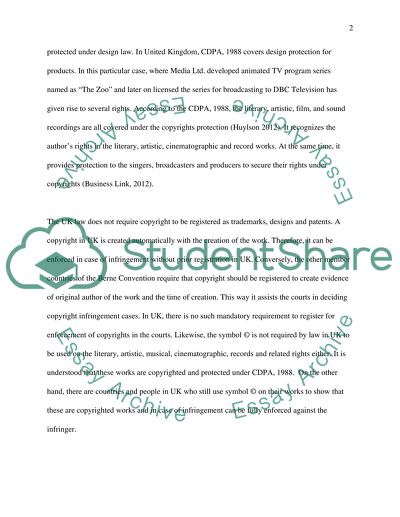Cite this document
(“Intellectual Property Rights Infringement of TV Productions Essay”, n.d.)
Intellectual Property Rights Infringement of TV Productions Essay. Retrieved from https://studentshare.org/law/1450775-copyright-problem-questions
Intellectual Property Rights Infringement of TV Productions Essay. Retrieved from https://studentshare.org/law/1450775-copyright-problem-questions
(Intellectual Property Rights Infringement of TV Productions Essay)
Intellectual Property Rights Infringement of TV Productions Essay. https://studentshare.org/law/1450775-copyright-problem-questions.
Intellectual Property Rights Infringement of TV Productions Essay. https://studentshare.org/law/1450775-copyright-problem-questions.
“Intellectual Property Rights Infringement of TV Productions Essay”, n.d. https://studentshare.org/law/1450775-copyright-problem-questions.


